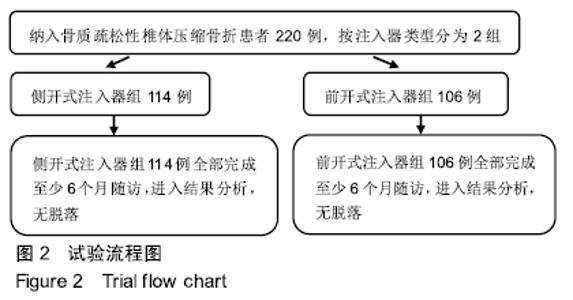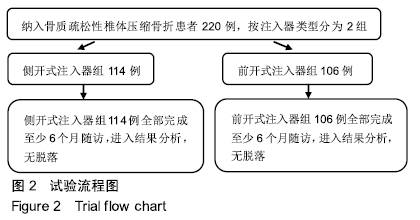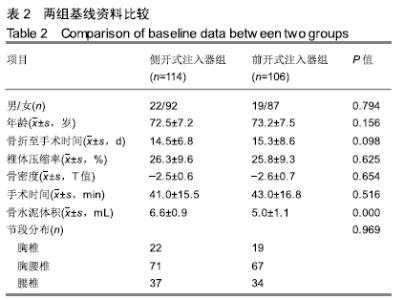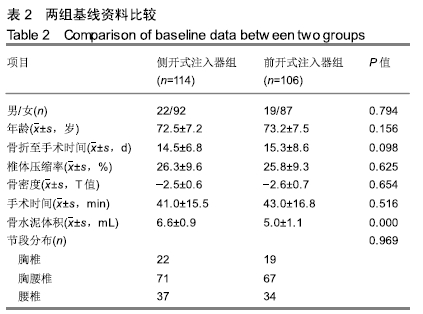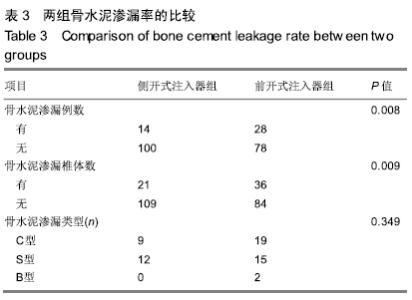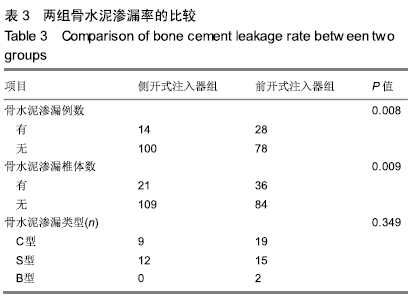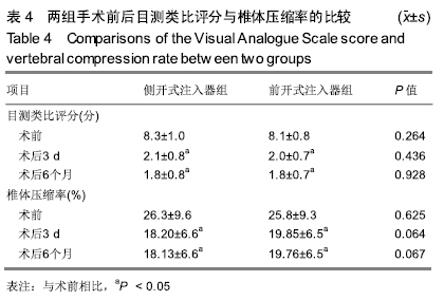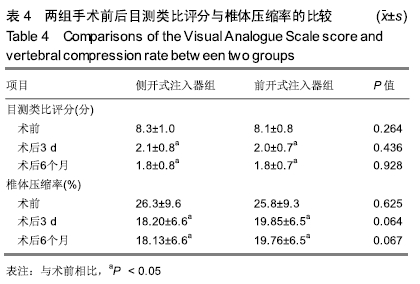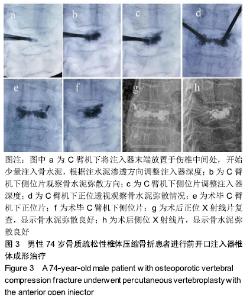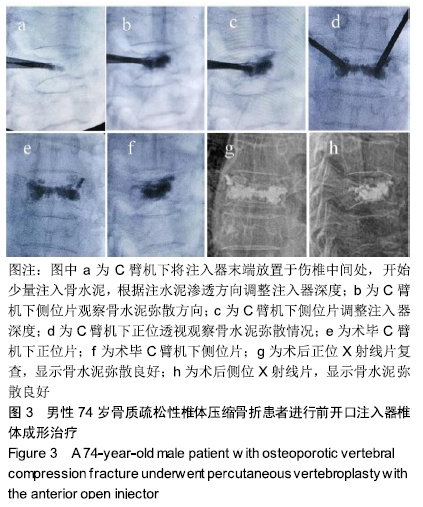[1] GALIBERT P, DERAMOND H, ROSAT P, et al. Preliminary note on the treatment of vertebral angioma by percutaneous acrylic vertebroplasty.Neurochirurgie.1987;33(2):166-168.
[2] WANG B, ZHAO CP, SONG LX, et al. Balloon kyphoplasty versus percutaneous vertebroplasty for osteoporotic vertebral compression fracture: a meta-analysis and systematic review. J Orthop Surg Res.2018;13(1):264.
[3] WANG H, SRIBASTAV SS, YE F, et al. Comparison of Percutaneous Vertebroplasty and Balloon Kyphoplasty for the Treatment of Single Level Vertebral Compression Fractures: A Meta-analysis of the Literature.Pain Physician. 2015;18(3): 209-222.
[4] HULME PA, KREBS J, FERGUSON SJ, et al. Vertebroplasty and kyphoplasty: a systematic review of 69 clinical studies. Spine(Phila Pa 1976).2006;31(17):1983-2001.
[5] FADILI HASSANI S, CORMIER E, SHOTAR E, et al. Intracardiac cement embolism during percutaneous vertebroplasty: incidence, risk factors and clinical management.Eur Radiol.2019;29(2):663-673.
[6] QI L, LI C, WANG N, et al.Efficacy of percutaneous vertebroplasty treatment of spinal tumors: A meta-analysis. Medicine(Baltimore).2018;97(3):e9575.
[7] RAHIMI B, BOROOFEH B, DINPARASTISALEH R, et al. Cement pulmonary embolism after percutaneous vertebroplasty in a patient with cushing's syndrome: A case report.Respir Med Case Rep.2018;25:78-85.
[8] LIN EP, EKHOLM S, HIWATASHI A, et al. Vertebroplasty: cement leakage into the disc increases the risk of new fracture of adjacent vertebral body.AJNR Am J Neuroradiol. 2004;25(2):175-180.
[9] HEINI PF, DAIN ALLRED C. The use of a side-opening injection cannula in vertebroplasty: a technical note.Spine (Phila Pa 1976).2002;27(1):105-109.
[10] FIGUEIREDO N, ROTTA R, CAVICCHIOLI A, et al. Kyphoplasty versus percutaneous vertebroplasty using the traditional and the new side-opening cannula for osteoporotic vertebral fracture.J Neurosurg Sci.2011;55(4):365-370.
[11] YEOM JS, KIM WJ, CHOY WS, et al. Leakage of cement in percutaneous transpedicular vertebroplasty for painful osteoporotic compression fractures.J Bone Joint Surg Br. 2003;85(1):83-89.
[12] ANDREI D, POPA I, BRAD S, et al. The variability of vertebral body volume and pain associated with osteoporotic vertebral fractures: conservative treatment versus percutaneous transpedicular vertebroplasty.Int Orthop.2017;41(5):963-968.
[13] CIMEN OB, ULUBAS B, SAHIN G, et al. Pulmonary function tests, respiratory muscle strength, and endurance of patients with osteoporosis.South Med J.2003;96(5):423-426.
[14] KANTEREWICZ E, PUIGORIOL E, RODRÍGUEZ CROS JR, et al. Correction to: Prevalent vertebral fractures and minor vertebral deformities analyzed by vertebral fracture assessment (VFA) increases the risk of incident fractures in postmenopausal women: the FRODOS study.Osteoporos Int. 2019;30(9):1901-1902.
[15] LIU X, WU H, ZHANG K, et al. Comment on Andrei Diana et al.: The variability of vertebral body volume and pain associated with osteoporotic vertebral fractures: conservative treatment versus percutaneous transpedicular vertebroplasty. Int Orthop. 2017;41(12):2637-2638.
[16] XIE L, ZHAO ZG, ZHANG SJ, et al.Percutaneous vertebroplasty versus conservative treatment for osteoporotic vertebral compression fractures: An updated meta-analysis of prospective randomized controlled trials.Int J Surg. 2017;47: 25-32.
[17] WANG P, LI J, SONG Z, et al. Utilization of the directional balloon technique to improve the effectiveness of percutaneous kyphoplasty in the treatment of osteoporotic vertebral compression fractures and reduction of bone cement leakage.Medicine(Baltimore).2019;98(19):e15272.
[18] HEINI PF, WALCHLI B, BERLEMANN U. Percutaneous transpedicular vertebroplasty with PMMA: operative technique and early results. A prospective study for the treatment of osteoporotic compression fractures.Eur Spine J. 2000;9(5):445-450.
[19] GAO C, ZONG M, WANG WT, et al. Analysis of risk factors causing short-term cement leakages and long-term complications after percutaneous kyphoplasty for osteoporotic vertebral compression fractures.Acta Radiol. 2018;59(5):577-585.
[20] FIGUEIREDO N, BARRA F, MORAES L, et al. Percutaneous vertebroplasty: a comparison between the procedure using the traditional and the new side-opening cannula for osteoporotic vertebral fracture.Arq Neuropsiquiatr. 2009; 67(2B):377-381.
[21] KIM DJ, KIM TW, PARK KH, et al. The proper volume and distribution of cement augmentation on percutaneous vertebroplasty.J Korean Neurosurg Soc.2010;48(2):125-128.
[22] KIM KH, KUH SU, PARK JY, et al. What is the importance of "halo" phenomenon around bone cement following vertebral augmentation for osteoporotic compression fracture? Osteoporos Int.2012;23(10):2559-2565.
|
